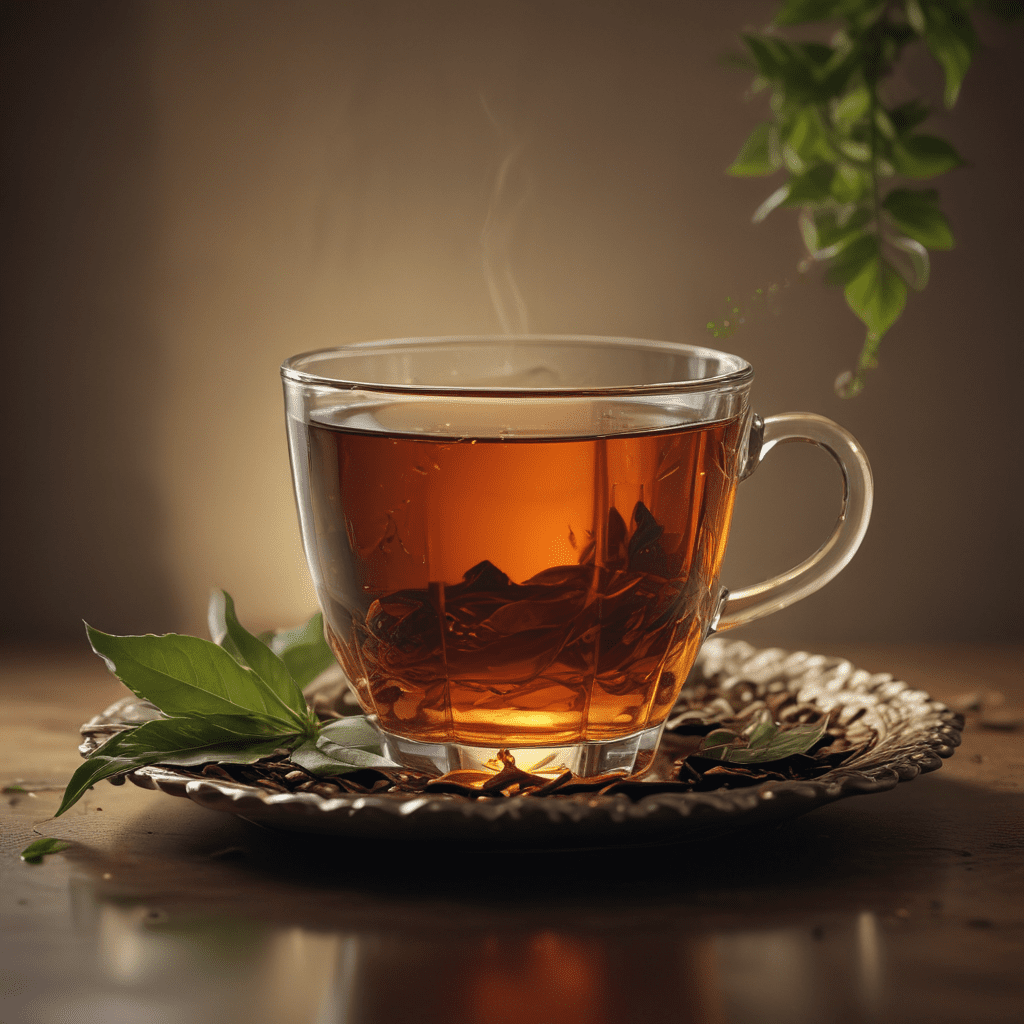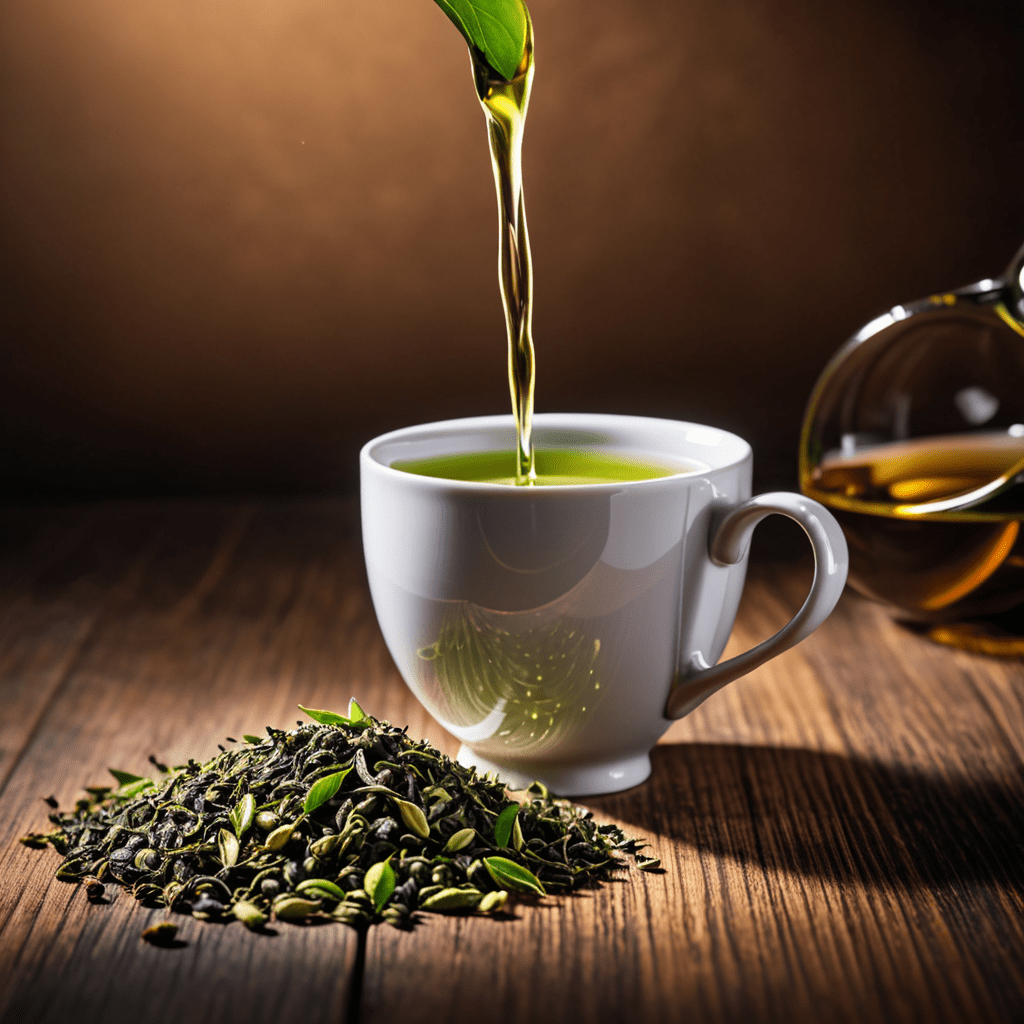
Introduction
The centuries-old art of tea leaf reading, also known as tasseography, has captivated people worldwide with its ability to divine the past, present, and future. In India, this practice holds a unique and intriguing significance within the country's rich cultural heritage. Steeped in tradition, tea leaf reading offers a glimpse into the lives of individuals, providing insights and guidance for personal and professional endeavors. This article delves into the world of tea leaf reading in India, exploring its historical origins, cultural significance, techniques, symbols, and ethical considerations.
Historical Origins of Tea Leaf Reading
While the exact origins of tea leaf reading remain shrouded in mystery, historical evidence suggests that the practice can be traced back to ancient China. Around the 7th century AD, during the Tang Dynasty, tea drinking became increasingly popular, and with it, the art of tasseography emerged. As tea leaves settled at the bottom of cups, their patterns were interpreted as messages from the divine or reflections of one's destiny.
From China, tea leaf reading spread along trade routes to India, where it found a receptive audience. The practice resonated with the existing belief in divination and fortune-telling, seamlessly integrating into the country's diverse spiritual landscape. Throughout the centuries, tea leaf reading evolved in India, influenced by local customs, beliefs, and storytelling traditions.
Cultural Significance in India
In India, tea leaf reading transcends its function as a mere fortune-telling method. It embodies a cultural ritual, a social activity, and a form of entertainment. Family and friends often gather around a steaming cup of chai, their anticipation building as the leaves reveal their secrets. The tea leaf reader, often an elder or someone respected for their intuition, becomes the interpreter, weaving a narrative from the intricate patterns formed by the leaves.
Tea leaf reading provides a platform for storytelling, connecting individuals to their cultural heritage and fostering a sense of community. The stories told through tea leaves often resonate with ancient myths, folklore, and proverbs, transmitting wisdom and values from generation to generation. As the reader deciphers the symbols, they may share anecdotes, draw parallels with real-life experiences, and offer advice or guidance. In this way, tea leaf reading becomes an opportunity for personal reflection, self-discovery, and spiritual growth.
VI. Reading the Tea Leaves
The art of tea leaf reading lies in interpreting the patterns formed by the leaves at the bottom of the cup. The position, shape, and arrangement of the leaves all hold significance, providing clues about the past, present, and future.
Position: Leaves near the rim of the cup indicate impending events, while those closer to the center represent the present or past. Leaves near the handle symbolize the querent's personal life, while those opposite represent external influences.
Shape: Specific shapes formed by the leaves carry symbolic meanings. A circle, for example, signifies unity and wholeness, while a triangle represents ambition and success. A heart shape symbolizes love and romance, while a star indicates luck and opportunity.
Arrangement: The overall arrangement of the leaves is also important. A clustered pattern may indicate confusion or uncertainty, while a scattered pattern suggests freedom and new beginnings. Leaves forming a specific image, such as an animal or object, can hold a deeper meaning related to its symbolism.
Additional Elements: Besides the leaves themselves, other elements in the cup can also provide insights. The color of the tea, the residue left on the sides, and even the way the liquid dissipates can all be interpreted by an experienced reader.
Intuition and Experience: While symbols and patterns offer a framework for interpretation, the role of intuition and experience is crucial in tea leaf reading. A skilled reader will consider the querent's personality, background, and current circumstances to provide personalized insights. The reading becomes a dialogue, with the leaves serving as a catalyst for self-reflection and guidance.
VII. Spiritual Interpretation
In Indian tradition, tea leaf reading is often viewed as a form of spiritual communication. The leaves are believed to carry messages from the divine, offering guidance and insights into one's life path. The reader acts as a conduit between the physical and spiritual realms, interpreting the symbols and conveying their meaning to the querent.
Tea leaf reading can provide reassurance and comfort, particularly during times of uncertainty or transition. It can also offer a sense of purpose and direction, helping individuals make informed decisions and navigate life's challenges. The practice encourages introspection and self-awareness, fostering a deeper connection with one's inner self and the divine.
VIII. The Ethical Considerations
As with any form of divination, ethical considerations are paramount in tea leaf reading. The reader should approach the practice with respect and sensitivity, recognizing the potential impact their interpretations may have on the querent's life. It is essential to avoid making absolute predictions or instilling fear or doubt.
The reader's role is to empower individuals by providing insights and guidance, not dictating their choices or limiting their free will. The querent should retain ultimate autonomy and responsibility for their decisions, using the tea leaf reading as a tool for self-reflection and informed decision-making.
IX. The Art of Tea Leaf Reading Today
In the modern world, tea leaf reading continues to be practiced in India, preserving a rich cultural tradition. While technology and the fast-paced nature of life may have influenced divination practices, the allure of tea leaf reading remains strong. Many individuals seek its wisdom and guidance, finding solace and inspiration in the ancient art.
Tea leaf reading workshops and events are becoming increasingly popular, offering opportunities for people to learn the basics of the practice and experience its charm firsthand. The internet has also played a role in reviving interest in tea leaf reading, with online resources and communities providing information and support to practitioners worldwide.
X. Conclusion: The Enduring Legacy of Tea Leaf Reading
The art of tea leaf reading in India embodies a unique blend of tradition, spirituality, and entertainment. It offers a glimpse into the lives of individuals, providing insights and guidance for personal and professional endeavors. While its origins may lie in ancient China, tea leaf reading has evolved in India, becoming an integral part of the country's cultural heritage.
As the world continues to evolve, tea leaf reading remains relevant, offering a timeless perspective on life's challenges and opportunities. Whether seeking guidance, entertainment, or a deeper connection with one's inner self, the art of tea leaf reading continues to captivate and inspire individuals across generations.
FAQ
What are the benefits of tea leaf reading?
Tea leaf reading can provide insights into the past, present, and future, offering guidance and support during times of uncertainty. It can also foster self-reflection and spiritual growth, helping individuals connect with their inner selves and the divine.
Is tea leaf reading accurate?
The accuracy of tea leaf reading depends on a variety of factors, including the reader's skill and experience, the querent's openness to guidance, and the overall interpretation of the symbols. While it should not be considered a definitive prediction of the future, tea leaf reading can offer valuable insights and perspectives.
How can I learn to read tea leaves?
There are various resources available to learn tea leaf reading, including books, online tutorials, and workshops. Some practitioners offer individual readings and guidance to those interested in deepening their understanding of the art.
Is tea leaf reading a cultural appropriation?
While tea leaf reading originated in China, it has been practiced and adapted in various cultures worldwide, including India. It is essential to approach the practice with respect and sensitivity, recognizing its cultural significance and avoiding stereotypical or disrespectful representations.


